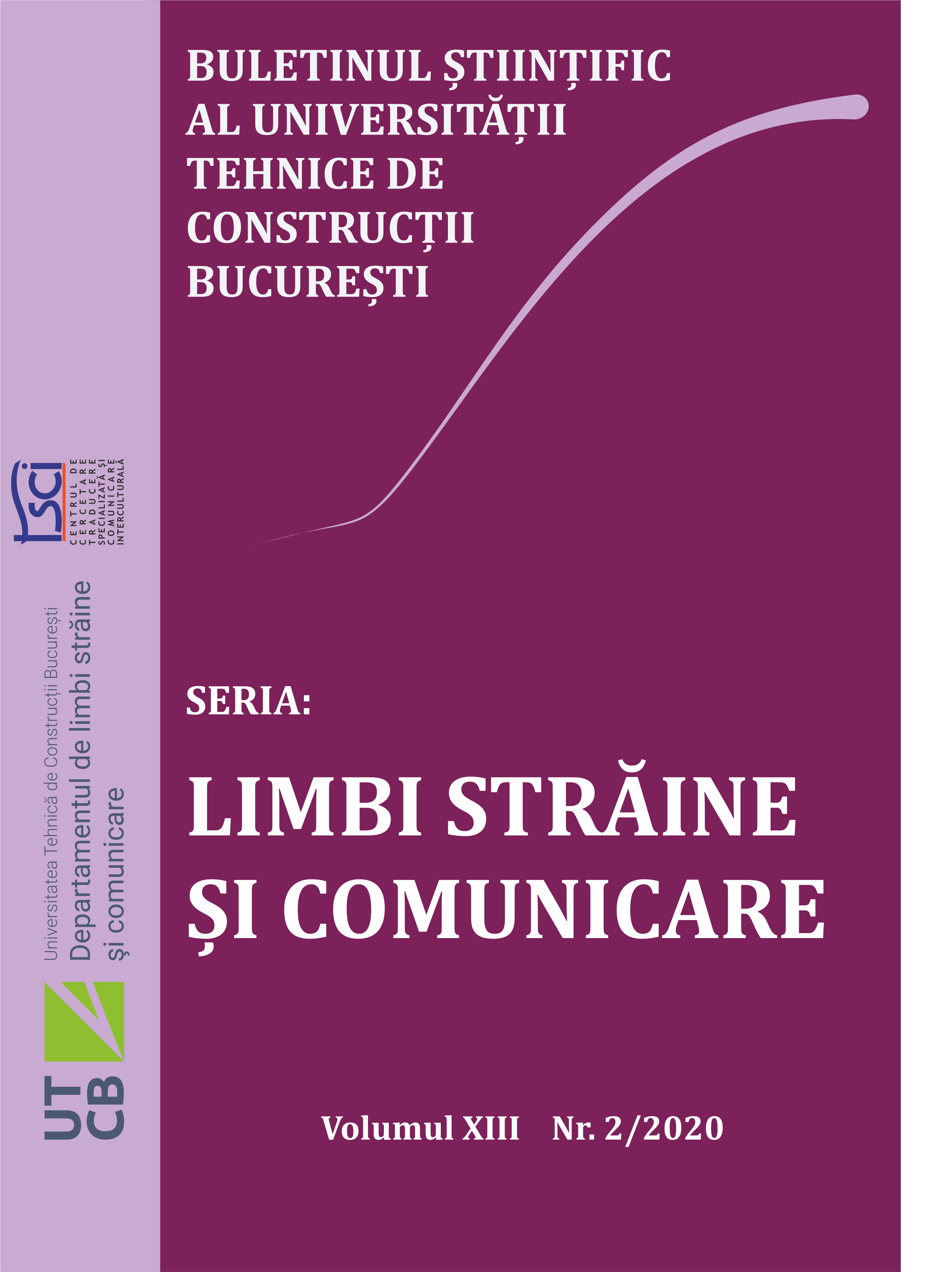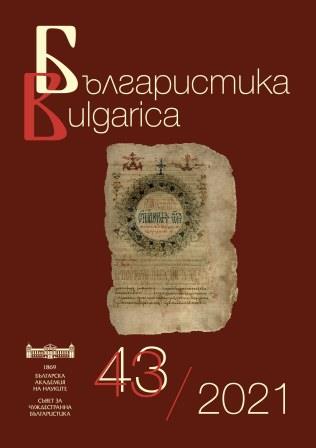
Joseph Woelfl – życie i działalność artystyczna
The present article constitutes an introduction to the artistic profile of Austrian composer and piano virtuoso Joseph Woelfl. This forgotten creative personality left an artistic legacy of instrumental music, stage works, numerous orchestral compositions, piano concertos, a concerto for piano and violin, and a chamber concerto. Beyond this, he wrote numerous other chamber works scored for various ensembles; but above all, he created an array of works for solo piano or two pianos, as well as piano pieces of pedagogical character.The artist was born on 24 December 1773 in Salzburg, where he began his musical education. In 1790, he left his hometown of Salzburg and, probably following in Wolfgang Amadeus Mozart’s footsteps, set out for Vienna. He did not remain there long, however, because in 1791, he was accepted for service to Prince Michał Kleofas Ogiński in Warsaw. The pianist-composer returned to Vienna probably ca 1795. He set out on his next conquest of European cities in 1799. This period of tours lasted until 1801. At this time he visited, among other cities, Prague, Leipzig, Berlin, Hamburg and Dresden. In 1801, he arrived in Paris, where he spent the next four years of his life. In 1805, he left the French capital and set out for London, where he remained until his death. He passed away on 21 May 1812.In his intensive artistic career, Joseph Woelfl devoted himself mainly to piano performance and composition; beyond this, he also engaged in pedagogical activity. His abundant artistic output is nearly forgotten today, so it is worthwhile to remind a broader audience of this distinguished figure.
More...













